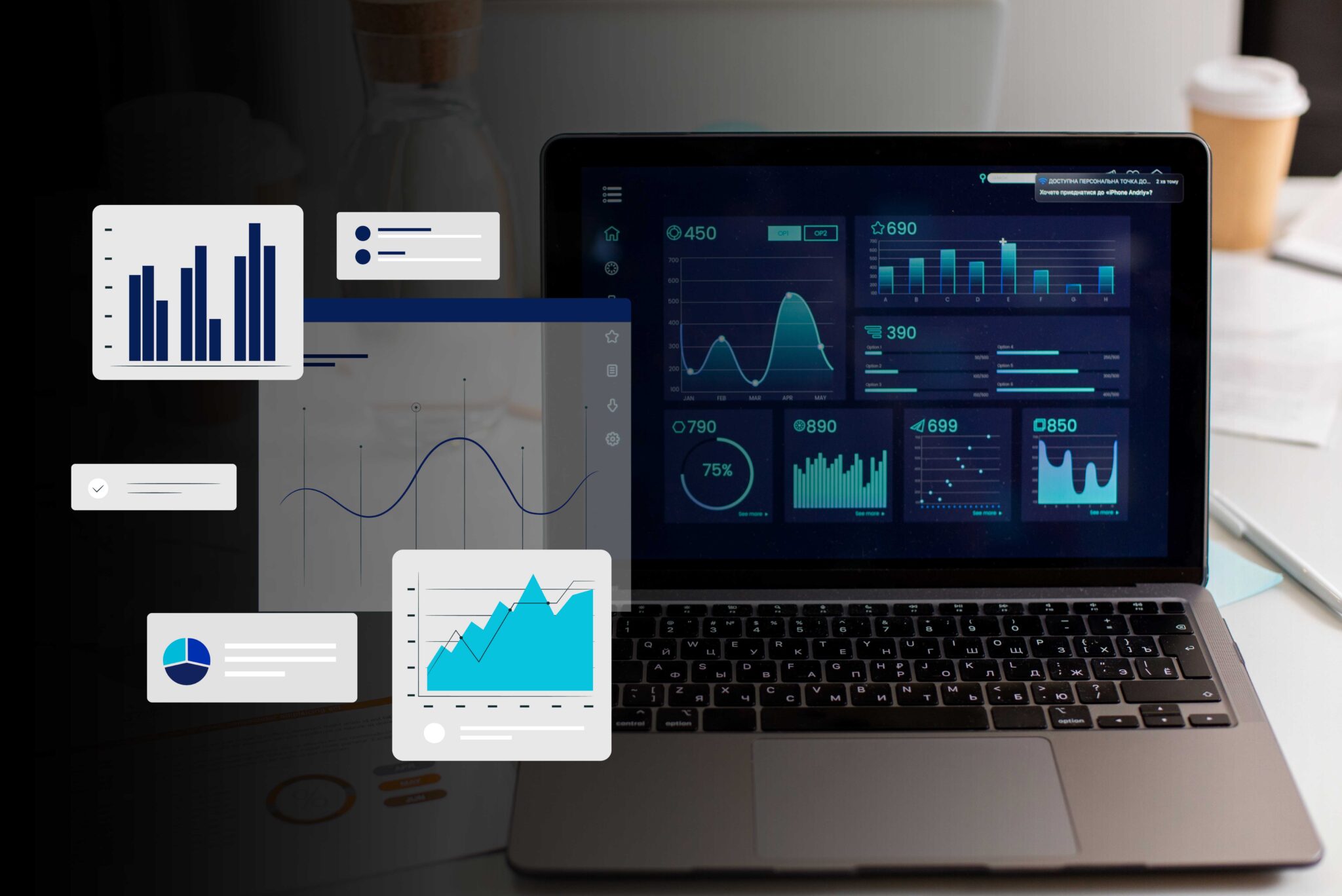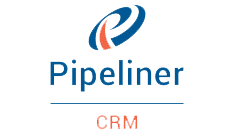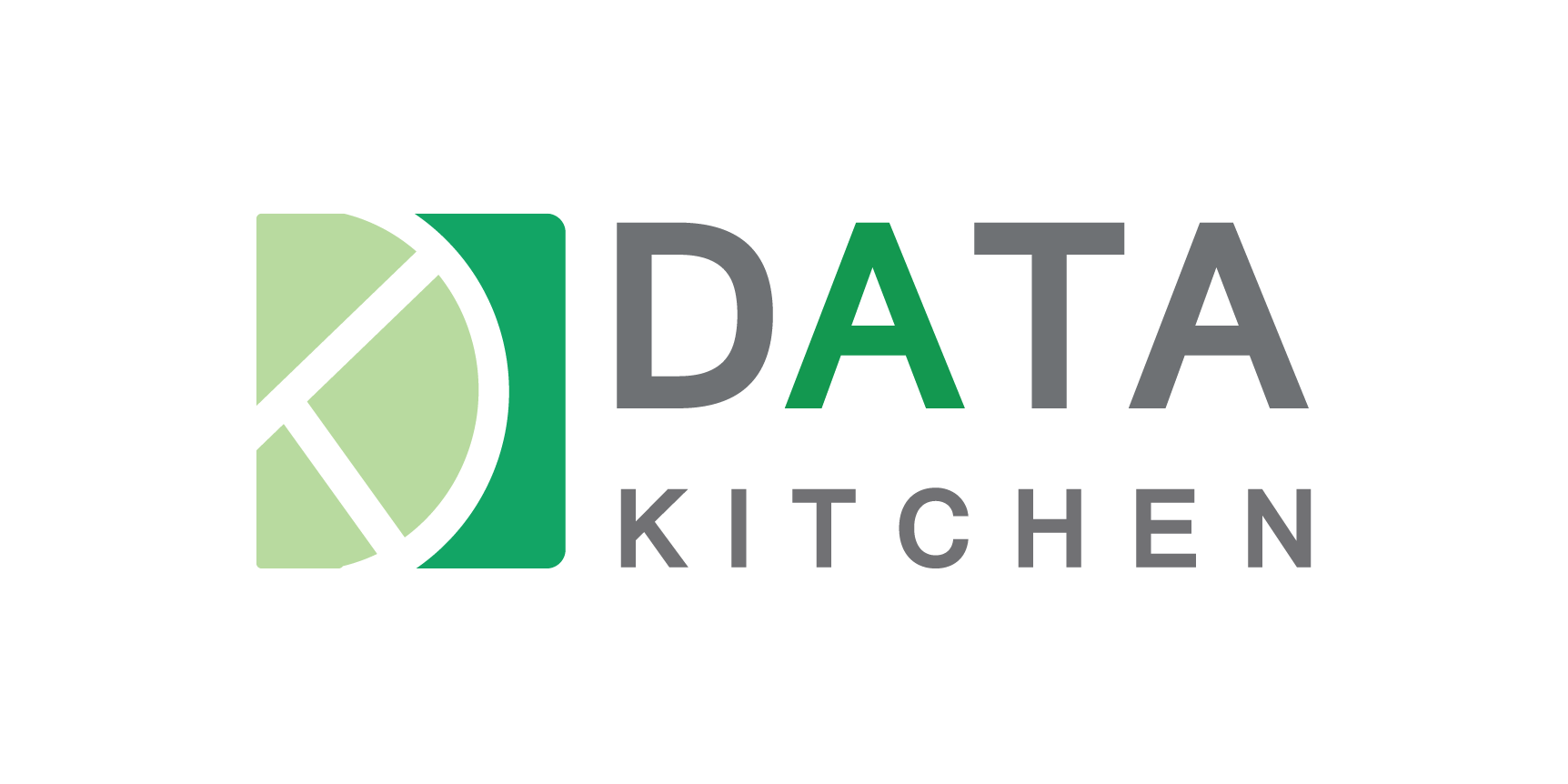Manual Testing
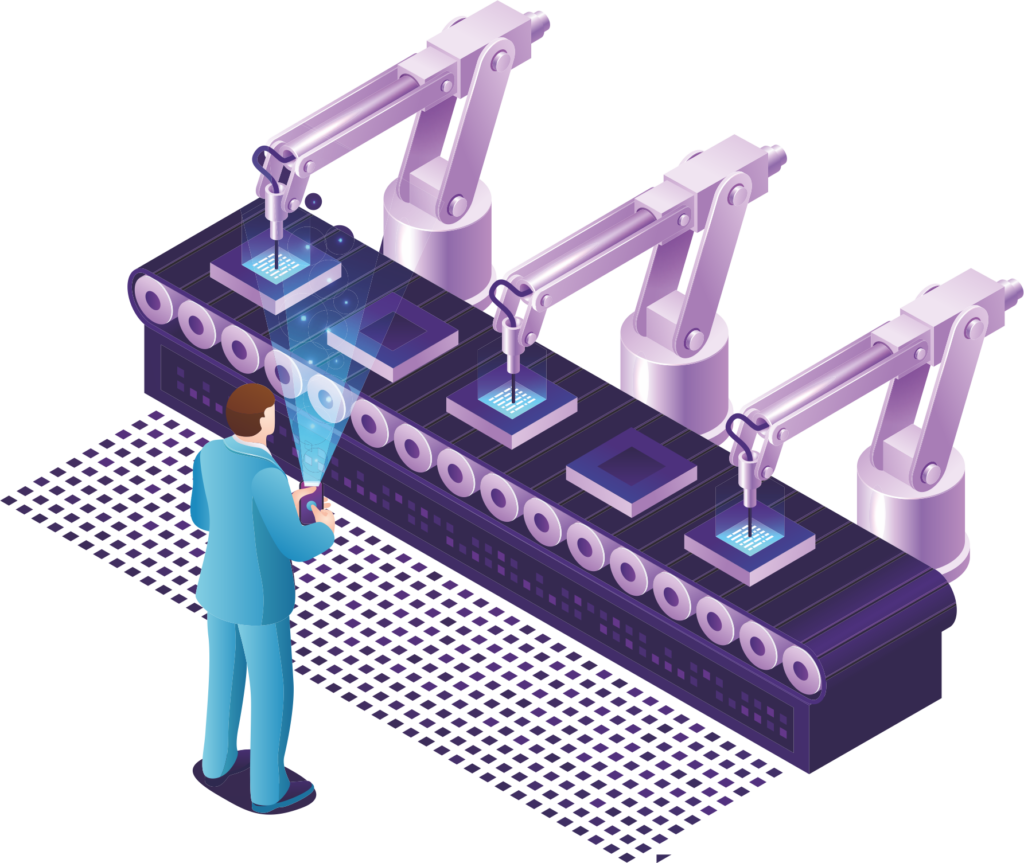
Our Manual Testing services
Complere Infosystem provides the opportunities it presents—enhanced decision-making capabilities, improved customer experiences, and the ability to innovate more rapidly—make it a worthwhile endeavor for any data-driven organization.
We have over 200 data experts onboard and over 30 data projects in our portfolio.
Functional Testing
Verification of Requirements : We ensure the software operates according to the specified requirements and functionalities and in the test real-world user scenarios to confirm the software behaves as expected under various conditions.
Usability Testing
User Interface Evaluation : Assess the software’s UI to ensure it is intuitive and user-friendly and collect feedback from actual users to identify areas for improvement in the overall user experience.
Regression Testing
Software Stability Check : Verify that new code changes do not adversely affect existing functionalities and facilitate ongoing development by regularly testing new iterations of the software.
Exploratory Testing
Ad-Hoc Testing : Allow testers to use their creativity and intuition to uncover defects not covered by scripted tests and focus on the most critical areas of the software to ensure high-risk functionalities are thoroughly tested.
How can you benefit from Manual Testing?
Human Insight
- Manual testers can identify issues related to user experience and interface that automated tests might miss. Human testers can understand and replicate real-world user behavior, providing more relevant feedback.
Flexibility
- Manual testing allows for ad-hoc and exploratory testing, which can uncover unexpected bugs. It can quickly adapt to changes in the application or test requirements without needing extensive reprogramming of automated scripts.
Cost-Effectiveness
- Initially lower cost as it doesn't require the setup and maintenance of automated testing frameworks. Useful for small projects or startups where automated testing infrastructure is not justified.
Immediate Feedback
- Testers can provide instant feedback and observations, facilitating faster bug fixing and iteration. Developers receive detailed reports with specific steps to reproduce issues, leading to quicker resolution.
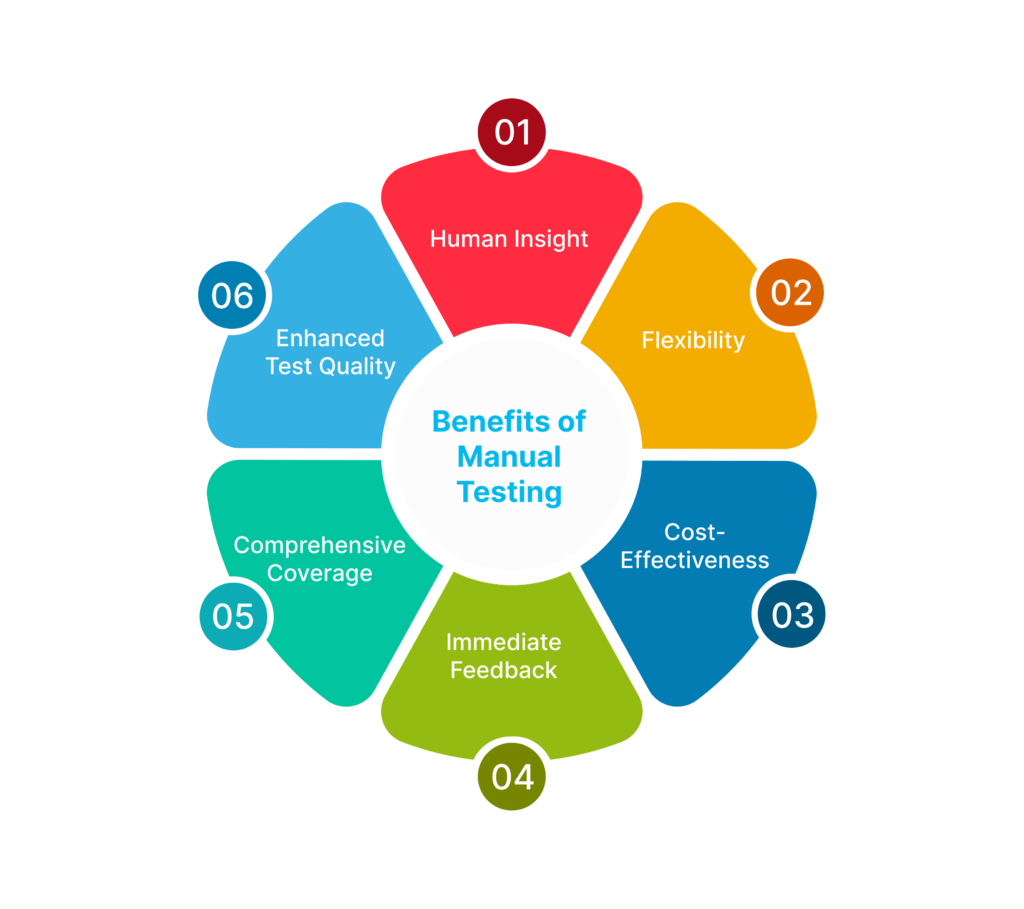
How it Works
01. Requirement Analysis
-
Understanding Specifications : Testers review and understand the project requirements and specifications to plan test cases.
-
Identify Test Scenarios : Determine the different scenarios and use cases to be tested based on the requirements.
03. Test Case Development
- Create Test Cases : Develop detailed test cases and scripts that cover all aspects of the application.
-
Prepare Test Data : Gather or create the necessary test data to execute the test cases effectively.
02. Test Planning
-
Define Objectives : Set clear objectives and scope for the testing process to ensure comprehensive coverage.
-
Resource Allocation : Assign tasks and allocate resources, including time and tools, required for testing.
04. Test Execution
-
Run Tests : Execute the test cases manually, recording the results and any deviations from expected behavior.
-
Report Defects : Document and report any defects or issues found during testing, providing detailed information for developers.
01. Strategy
- Clarification of the stakeholders’ vision and objectives
- Reviewing the environment and existing systems
- Measuring current capability and scalability
- Creating a risk management framework.
02. Discovery phase
- Defining client’s business needs
- Analysis of existing reports and ML models
- Review and documentation of existing data sources, and existing data connectors
- Estimation of the budget for the project and team composition.
- Data quality analysis
- Detailed analysis of metrics
- Logical design of data warehouse
- Logical design of ETL architecture
- Proposing several solutions with different tech stacks
- Building a prototype.
03. Development
- Physical design of databases and schemas
- Integration of data sources
- Development of ETL routines
- Data profiling
- Loading historical data into data warehouse
- Implementing data quality checks
- Data automation tuning
- Achieving DWH stability.
04. Ongoing support
- Fixing issues within the SLA
- Lowering storage and processing costs
- Small enhancement
- Supervision of systems
- Ongoing cost optimization
- Product support and fault elimination.





